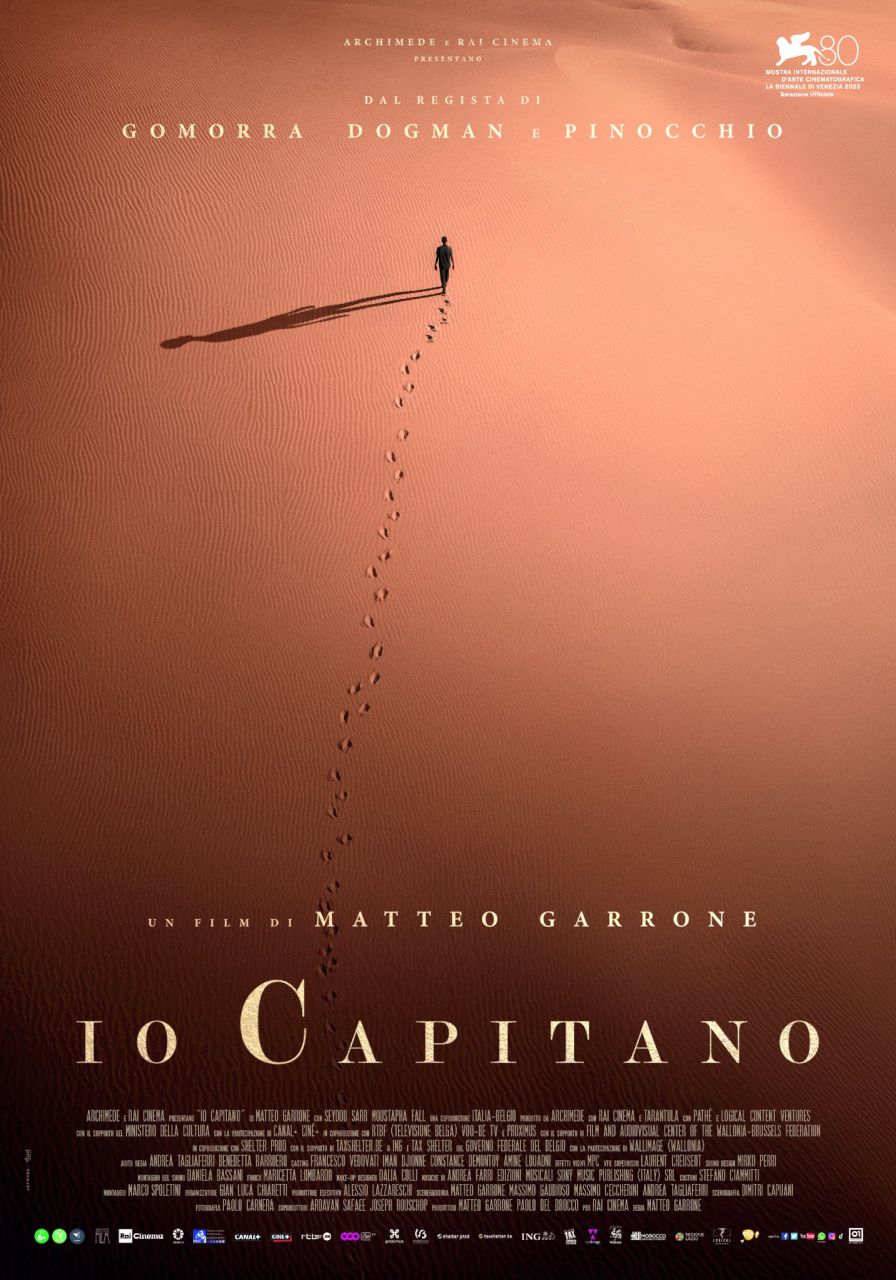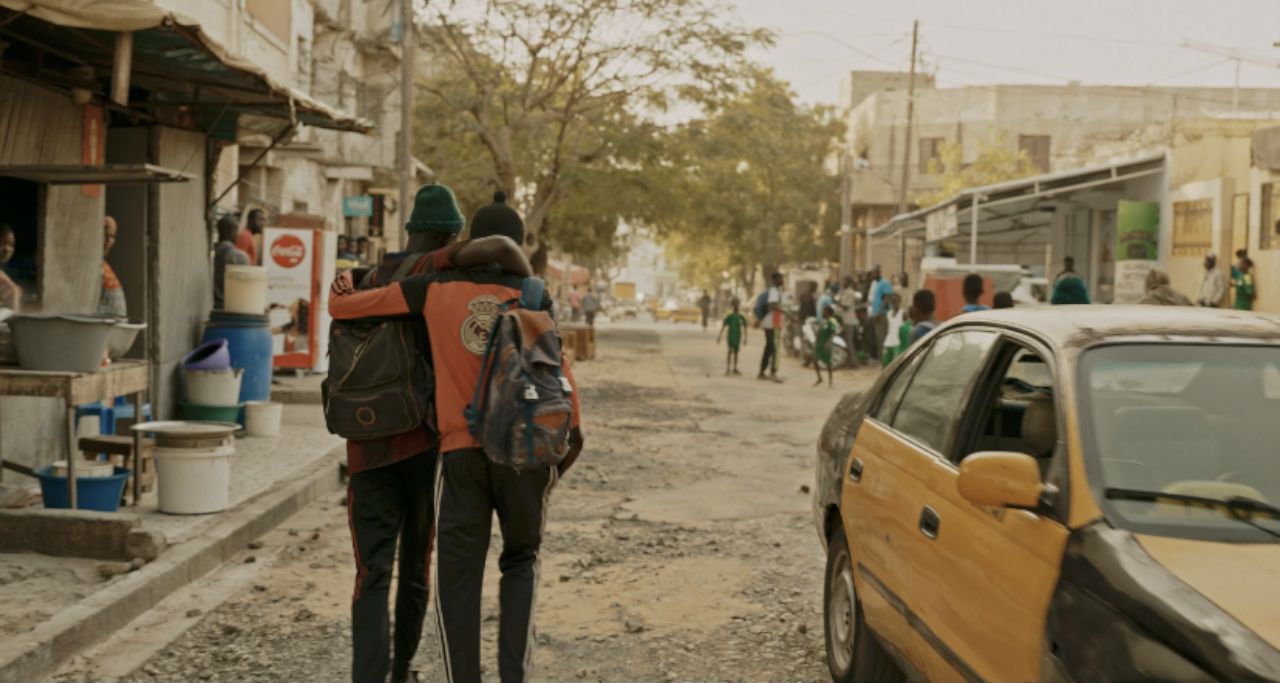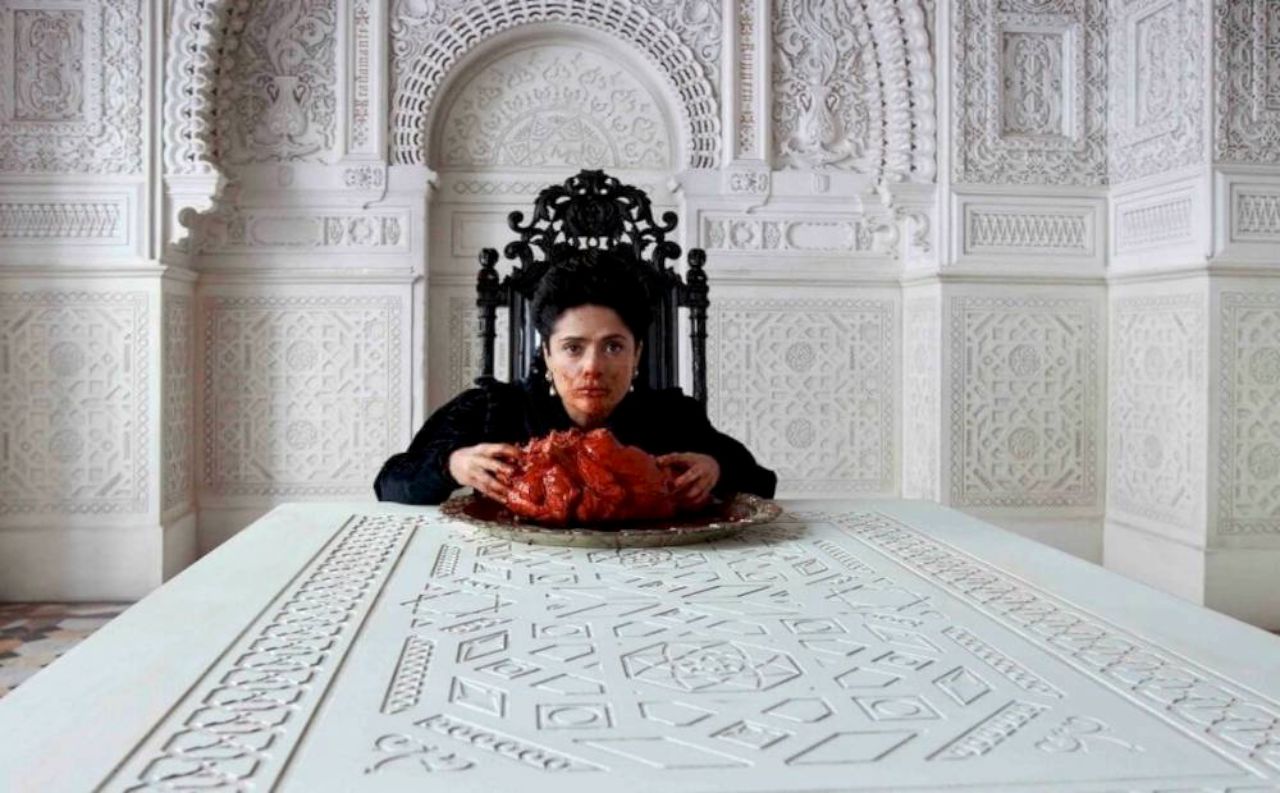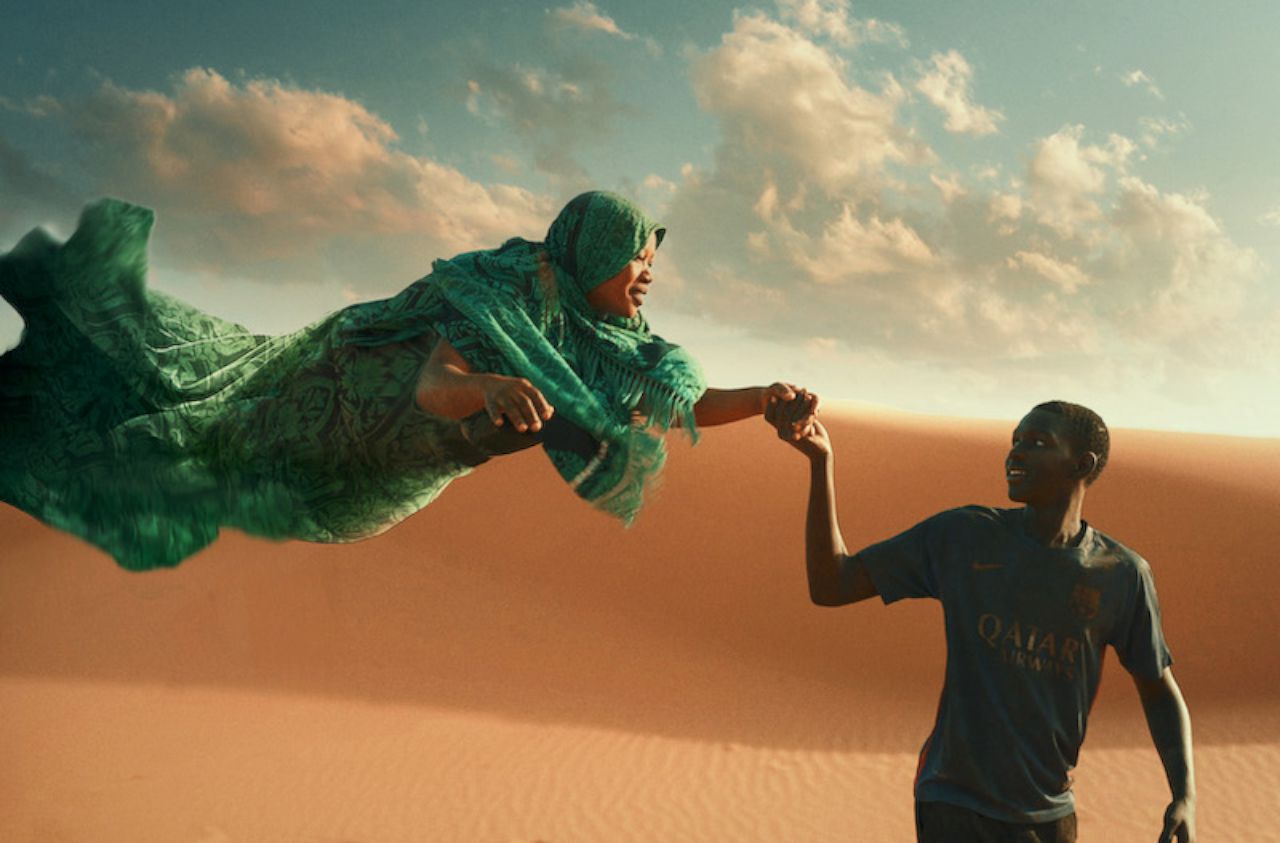
Four years after Pinocchio, Matteo Garrone returns with a new film that has something of a fairy tale about it: Io Capitano follows the adventurous journey of Seydoux and Moussa, two young people who leave Dakar to reach Europe. A modern odyssey that takes them through the dangers of the desert, the horrors of detention centers in Libya and the dangers of the sea. “Io Capitano,” played by two Senegalese boys, Seydoux Sarr and Moustapha Fall, chosen locally through auditions, is not just a tragic journey, but a story with family moments and some very memorable dream passages: “At a certain moment I had They also thought of making the migrant Pinocchio, which is what was left to marry the story naturally, Garrone said at the Venice Film Festival, where the film won the Silver Lion for directing and its protagonist Seydoux Sarr won the Mastroianni Award for best director. debutant actor – After all, Collodi, with his fairy tale, wanted to warn children from the violence of the world around him, and this film is the journey of a boy who is chasing the dream of the Land of Toys, betraying his mother and then facing the horrors of the world around him. world. The truth of many aspects of their journey then led me to Gomorrah, and so the film represents a kind of meeting of two paths. I inserted dream moments to convey the soul of the character, his sense of guilt: it is a geographical and adventurous journey, because migrants today are the only true bearers of the modern epic, and at the same time a journey of the soul.”

Some (me included) may miss Garrone’s keen eye for obsessive characters immersed in narrow, hackneyed, uncomfortable environments, and the narrative ability to make them universal: Garrone in The Embalmer, in First Love (I was talking about this here; I always talk about it, we should all talk about it more), “Gomorrah”, “Reality”, “Dogman”: films develop vertically, where the protagonist is plunged into a descent into the darkest areas of himself, even to the point of confusion a reality with its own obsessions. Garrone never succumbs to flattery, or song of consolation, or redemption, but only to the dreamy immersion of Peppino, Vittorio, Marco, Ciro, Luciano, Marcello, who, in their inner Dostoevsky journey, fall into tragedy or madness. Characters who live and sometimes die at the end of the world, as in the frame of Cipri and Maresco, on the ruins of an abandoned civilization, where the camera spies on them and finds them, frozen, cold, as in a post-apocalyptic film. west. There are no zombies, but in his films people still die on the street by accident.

Then there’s another Garrone, from 2015’s Tales of Tales horror tales, who with great audacity brings a fantasy film to Italy with the aim of reaching a wider audience rather than the usual quality limited festival circuit. . There’s the great liver of Matteo Garrone, who takes his obsession with ambition, desire, sacrifice and finds a platform in a 17th-century tale-teller of horror. His main characters in three chapters are wonderful women who are trying to achieve what they want by any means, who have blood on their hands, who are not afraid of anything.

It is Garrone who manages to film “Pinocchio,” his great obsession, based on the first illustrations from Collodi’s book by Matteo Mazzanti, arranging a grand parade of absolutely magnificent anthropomorphic characters: a monkey judge, doctors, a carriage driver, pallbearers, a snail maid – some of the main characters of this a black tale set in ruined villages, in the ruined house of the blue fairy, full of dusty skulls, among landscapes of Tuscany, Lazio and Puglia, picked up and reinvented with clear inspiration from Macchiaiola’s painting.

And then there’s Garrone in I Am Captain, one step behind his actors and two steps behind Mamadou Kouassi, a cultural intermediary who came to Italy fifteen years ago and works as a script consultant. It is to them that he leaves the stage at the awards ceremony in Venice, it is to them that he speaks when, at a press conference, he talks about the origins of the idea for the film: “There are many types of migration caused by war, climate, poverty,” he continued, “That, what we said is due to the fact that seventy percent of the population of Africa are young people who constantly have a window into Europe in their pocket, and in their dignified poverty there is a legitimate desire to want access to a future that they believe will be better . I heard the story of Fofana, the story of the main character, a few years ago in a reception center in Catania, but for many years I put it aside because I felt uncomfortable and awkward, like a bourgeois, entering a culture that was not mine, and thinking about her. poor migrants. I then went back to it, contacted the real Fofana who lives in Brussels, and added other true stories. Behind the script, written in collaboration with Massimo Gaudioso and Massimo Ceccherini, there is extensive documentation that has existed for several years: in an attempt to find the truth, we relied on the stories of those who lived through this journey. I tried to put my perspective, my vision and my technical knowledge at the service of their stories. When we got stuck in some problem, we called Mamad, who, like Mr. Wolf from Pulp Fiction, answered us and solved everything.”
All these years I have always believed in Garrone, from the taxidermist’s garage to the fish stall of Reality at the table where Salma Hayek eats the heart of a dragon: and I still believe him now, when Seydoux Sarr, consumed by guilt, dreams of taking the hand of a woman left for dead in the desert and she manages to save her.

© Copyright 2023 Editorial freedom
